This Christmas celebrate in style with our top Champagne tips…
Whether you’re clinking glasses at a festive drinks reception or toasting with family over turkey dinner, there’s nothing quite like a frosty glass of bubbly at Christmas. Glamorous, festive and celebratory, champagne is the perfect way to get any party started.
But to really get the most out of your fizz, you’ll need to do a bit more than just pop the cork and pour it into a glass. We’ve got the lowdown on how to pick the best festive champers, and serve it like a pro — just read on to find out more.
Pick a real champagne
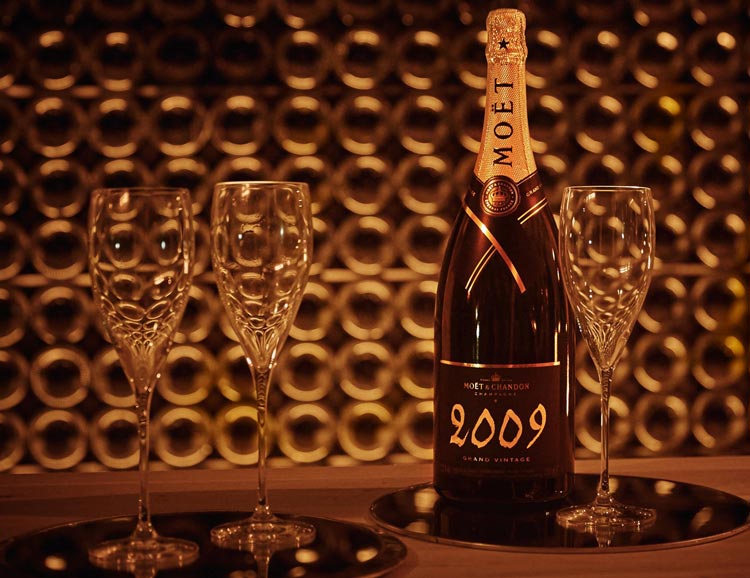
Christmas is all about luxury and indulgence, so accept no imitations! While Prosecco, Asti spumante and cava are all easy drinking, low-cost alternatives, the complex and luxurious taste of true champagne is like nothing else out there. Splashing out on a real bottle of the good stuff will impress your guests, and create a celebratory atmosphere in an instant.
When shopping for your bubbly, pay close attention to the label, which will tell you the origin country, region and vineyard of the wine: a true champagne is only ever from the Champagne region of northern France. If you’re looking for an exceptionally good bottle of bubbly, then look out for ‘Premier Cru’ or ‘Grand Cru’ on the label, as this will mean that the wine was produced by one of the top vineyards.
Proper French champagne is one of life’s joys, so make sure you’re buying the real deal. Or, if you’ve been really good this year, get someone else to do the shopping for you: pop one of these champagne gifts from Gifts International on your wish list.
Pair your champagne with your food
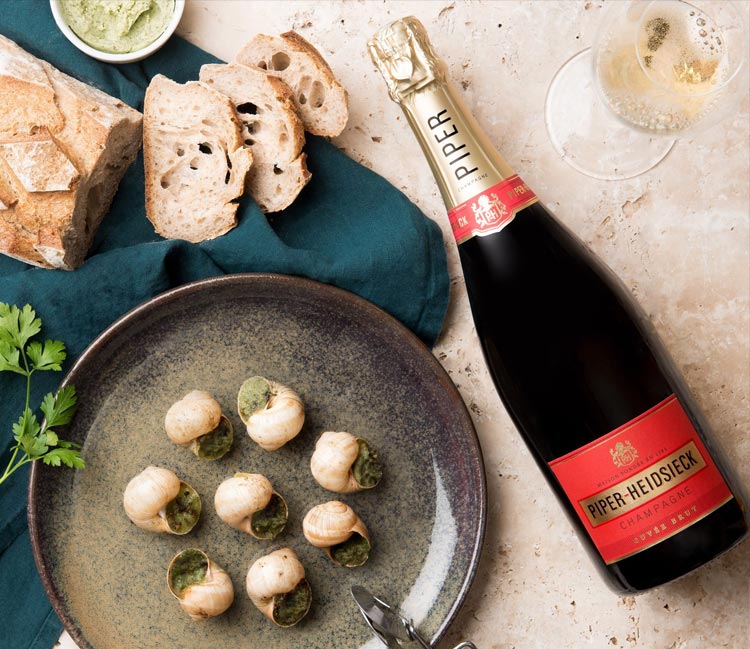
Not all champagne tastes the same, and certain varieties will suit different foods and occasions. When shopping for your Christmas fizz, take into account when you plan to serve it, and what with. If you’re looking for a champagne to drink with Christmas dinner, then a rich, toasty cuvée is perfect — try vintage or aged varieties like Blanc de Noirs, which will also complement cheese and crackers.
Lighter varieties will make a delicious pre-dinner aperitif, and pair beautifully with seafood. If you’re hosting a party, try a serving a Blanc de Blancs champagne with smoked salmon canapes. For more ideas about what to pair with your fizz, check out this Good Food guide.
Store it somewhere it won’t spoil
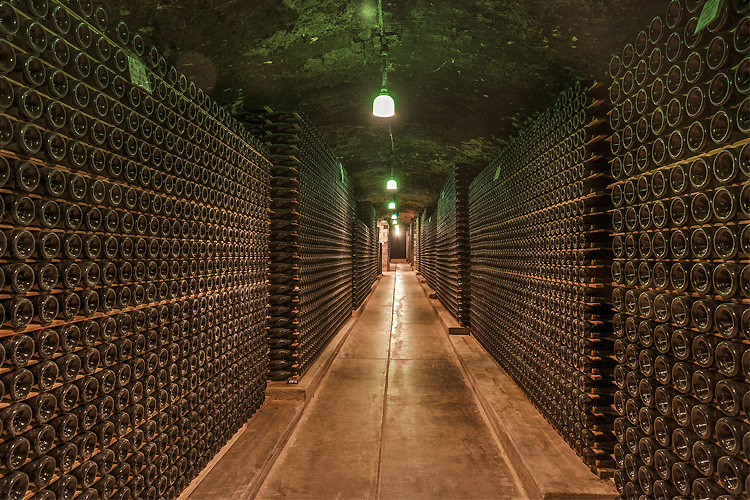
Your champagne has probably cost you a pretty penny, so it pays to be smart when it comes to storage. Heat, artificial light and prolonged exposure to extreme cold can all alter the fermentation in the bottle, resulting in flat, spoiled fizz. The perfect storage place for champagne is somewhere dry, dark and cool, where there are unlikely to be any extreme fluctuations in temperature.
A cupboard should keep your wine in good condition; just make sure that’s not somewhere near a radiator, oven or other direct source of heat. Ideally, you should also be storing your champagne horizontally, as this will keep the cork moist and prevent it from drying out.
Chill it to perfection
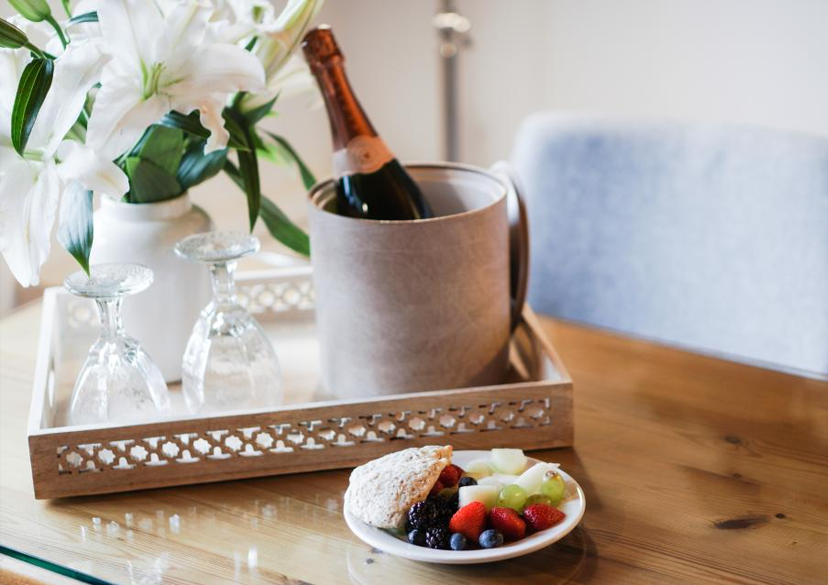
Although many of us simply put our champagne in the fridge on Christmas Eve and hope for the best, this could mean drinking your champers at the wrong temperature. If you serve champagne that’s too warm, it will produce an excess of foam and taste very alcohol-heavy on the palate. And if your bubbly is too cold, it will bury the flavours, and lack structure and depth.
According to The Wine Doctor, the ideal temperature to enjoy champagne is between 8ºC and 10ºC. This tends to be a few degrees warmer than the temperature in most fridges, so consider chilling your champagne in a bucket of ice and water for thirty minutes instead. This will chill champagne to the right temperature quickly, and will also keep the bottle cold while it stands open.
Serve it in the proper glassware
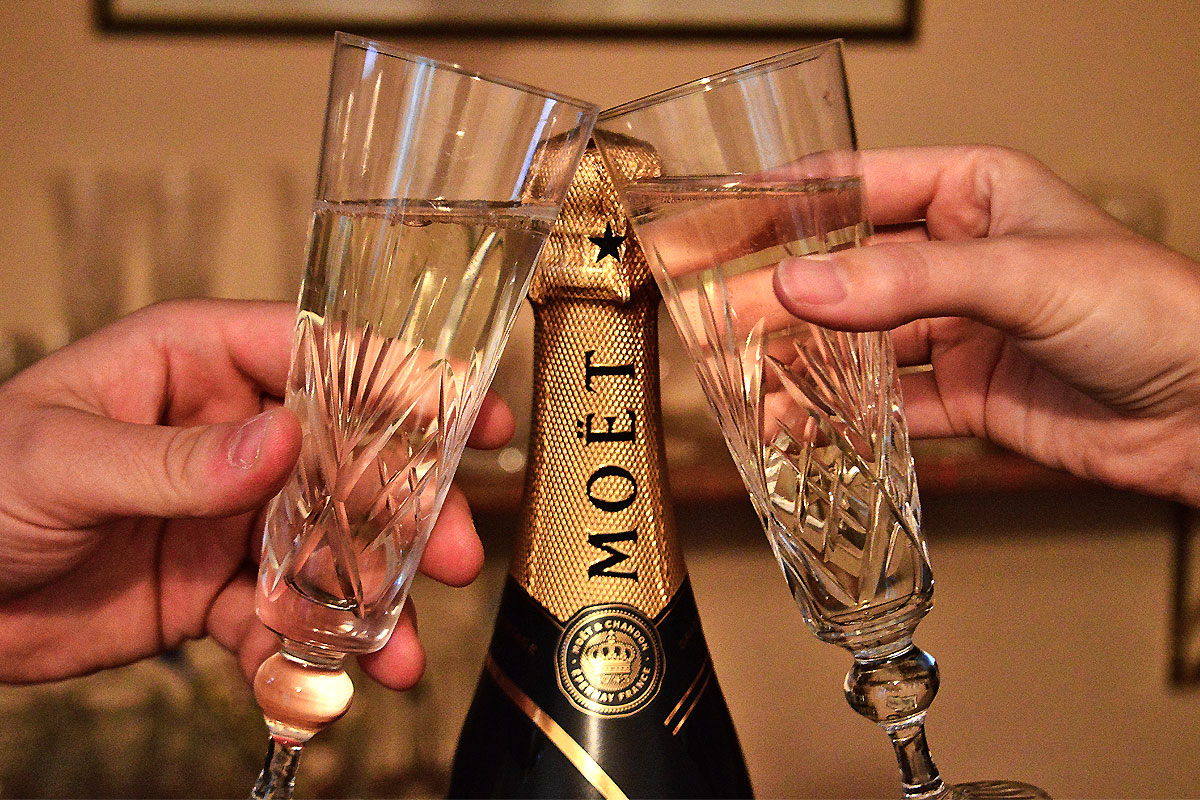
There’s much more to champagne glasses than the way they look. While tall, slim flutes can look glamourous, you could be missing out on your champagne’s true taste potential. According to expert sommeliers at Decanter, the complex flavours and aromas of champagne — particularly aged vintage and prestige cuvée varieties — are best enjoyed in a large wine glass. If you’re too attached to flutes to start drinking champagne from a wine glass, then opt for tulip-shaped glasses instead: these have all the elegance of a flute with all the benefits of a broader glass.
You may like: Tips to drink Champagne like an expert
And lastly, don’t chill your glasses. While you might have seen bartenders using this trick to quickly chill glasses that are still warm from the dishwasher, it could cause your fizz to go flat faster.
